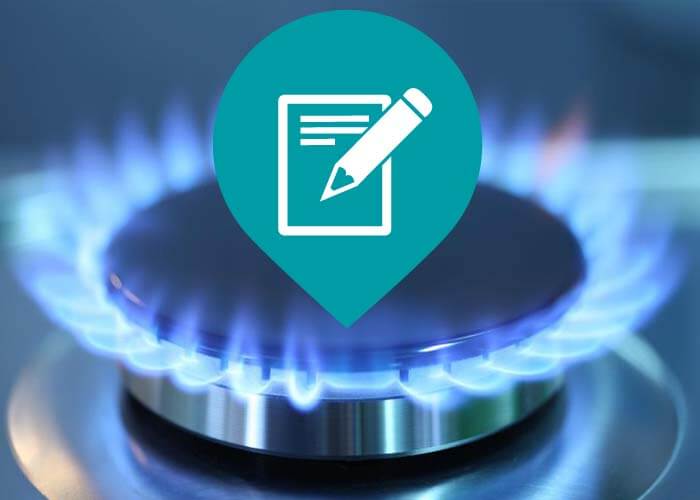
Just how Does the Natural Gas Shipment System Job?
Exactly how Does the Natural Gas Distribution System Work?
Gas moving from greater to lower pressure is the fundamental principle of the natural gas shipment system. The quantity of pressure in a pipe is gauged in pounds per square inch.
From the well, the natural gas enters into "celebration" lines, which resemble branches on a tree, obtaining bigger as they obtain closer to the central collection factor.
Event Solutions
An event system may need several field compressors to relocate the gas to the pipe or the processing plant. A compressor is an equipment driven by an inner combustion engine or turbine that produces stress to "press" the gas with the lines. A lot of compressors in the gas distribution system use a percentage of natural gas from their very own lines as fuel.
Some gas gathering systems include a handling center, which carries out such functions as removing pollutants like water, carbon dioxide or sulfur that might corrode a pipe, or inert gases, such as helium, that would certainly minimize the power worth of the gas. Handling plants additionally can get rid of small quantities of propane and butane. These gases are used for chemical feedstocks as well as other applications.
The Transmission System
From the gathering system, the natural gas moves right into the transmission system, which is generally made up of concerning 272,000 miles of high-strength steel piper.
These big transmission lines for natural gas can be contrasted to the nation's interstate highway system for automobiles. They move huge amounts of gas countless miles from the producing areas to local circulation companies (LDCs). The stress of gas in each section of line typically varies from 200 extra pounds to 1,500 pounds per square inch, depending upon the sort of area in which the pipe is operating. As a precaution, pipes are developed and also built to handle a lot more pressure than is ever actually reached in the system. As an example, pipes in even more booming locations run at less than one-half of their design stress degree.
Lots of major interstate pipelines are "knotted"-- there are two or more lines running alongside each other in the exact same right-of-way. This supplies maximum ability throughout durations of peak demand.
Compressor Stations
Compressor terminals lie around every 50 to 60 miles along each pipeline to boost the stress that is lost with the rubbing of the natural gas relocating via the steel pipe. Several compressor stations are totally automated, so the tools can be started or stopped from a pipeline's main control area. The control room can likewise from another location run shut-off shutoffs along the transmission system. The operators of the system maintain detailed operating data on each compressor station, as well as constantly change the mix of engines that are running to optimize efficiency and safety and security.
Natural gas actions with the transmission system at as much as 30 miles per hr, so it takes numerous days for gas from Texas to come to an utility invoice point in the Northeast. Along the way, there are several interconnections with various other pipes and other energy systems, which provides system drivers a great deal of adaptability in relocating gas.
Linepack
A 50-mile section of 42-inch transmission line operating at about 1,000 pounds of pressure has around 200 million cubic feet of gas-- enough to power a kitchen range for more than 2,000 years. The amount of gas in the pipeline is called the "linepack.".
By raising and reducing the pressure on any kind of pipe segment, a pipeline firm can use the segment to save gas throughout periods when there is much less need at the end of the pipeline. Using linepack in this way allows pipe operators to handle per hour changes in demand really effectively.
Gas pipelines and utilities make use of extremely sophisticated computer versions of customer demand for natural gas, which connect daily and per hour usage patterns with seasonal and also environmental variables. That's why customers can depend upon the dependability of gas-- when it's needed, it's there.
Entrance Stations.
When the natural gas in a transmission pipeline gets to a neighborhood gas energy, it generally passes through a "gateway terminal." Utilities frequently have gate terminals getting gas at many different areas as well as from a number of various pipelines. Gate terminals serve 3 purposes. Initially, they decrease the stress in the line from transmission degrees (200 to 1,500 pounds) to circulation degrees, which range from 1/4 pound to 200 extra pounds. Check out here Then an odorant, the distinctive sour aroma associated with natural gas, is included, so that consumers can smell even small quantities of gas. Lastly, eviction terminal gauges the circulation price of the gas to identify the amount being gotten by the utility.